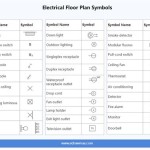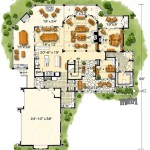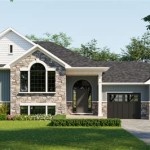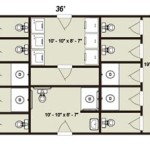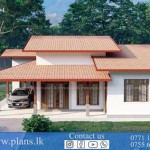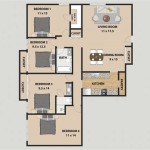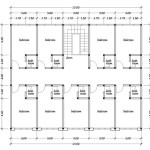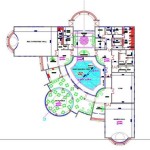Shoot House Plans: Designing for Training and Realism
Shoot houses, also known as military simulation facilities, are crucial tools for training law enforcement and military personnel. They provide realistic environments where individuals can practice tactical skills, learn to react under pressure, and develop critical decision-making abilities. The design of a shoot house is critical to its effectiveness, ensuring it accurately replicates real-world scenarios and provides the necessary challenges for optimal training. This article explores the key considerations involved in designing and constructing shoot houses.
Purpose and Scope: Defining the Training Objectives
The first step in developing shoot house plans is defining the specific training objectives. What skills will the facility be used to develop? Who will be using the facility? Answering these questions clarifies the overall scope and design requirements. For example, a shoot house for counterterrorism training will differ significantly from one intended for SWAT team scenarios or basic firearms familiarization. Understanding the intended training scenarios allows for the creation of a facility that effectively addresses the specific needs of the target audience.
The intended user group further influences the design. A facility designed for entry-level law enforcement training might focus on basic room clearing techniques and tactical movement. A facility designed for SWAT teams, on the other hand, would require more complex scenarios, incorporating obstacles, multiple entry points, and simulations of hostage situations or active shooter scenarios. The scope of the training objectives dictates the complexity of the shoot house's design and the equipment required.
Creating Realistic Environments: Layouts and Features
Creating realistic environments is paramount in shoot house design. The layout and features should closely mimic the real-world situations trainees will encounter. This involves designing rooms of varying sizes, incorporating different building materials, and incorporating features that provide realistic challenges. Common features include:
- Room configurations: Different room shapes and sizes, including hallways, staircases, and multi-level spaces, create diverse training opportunities.
- Obstacles: Furniture, debris, and barriers provide cover and concealment, forcing trainees to adapt their tactics and decision-making.
- Lighting and sound: Varying light levels and realistic sound effects create a sense of urgency and add to the realism of the training environment.
- Target systems: Advanced target systems can simulate human movement, provide feedback on shot placement, and even react to incoming fire, enhancing the training experience.
The inclusion of these features helps create a multi-faceted training environment that pushes trainees beyond simple target practice. The realism of the facility enhances participant engagement and promotes more effective skill development.
Safety and Functionality: Building a Secure and Efficient Facility
Safety is paramount in shoot house design. The facility should be constructed to minimize the risk of injury to both trainees and staff. This involves incorporating robust safety features like proper ventilation, bulletproof barriers, and clear safety protocols. The facility's layout should also facilitate efficient training operations. A clear and well-defined path of movement for trainees, equipment storage areas, and designated training areas are essential for smooth operations and minimize the risk of accidents.
Ergonomics also plays a role in safety. The design should consider the physical demands placed on trainees during training exercises. This may involve incorporating features like comfortable shooting positions, adequate lighting, and clear visibility within the facility. The overall design should be user-friendly and intuitive, allowing for efficient training flow.
In conclusion, the design of shoot houses is a complex undertaking that requires careful consideration of multiple factors. By understanding the specific training objectives, incorporating realistic environments, and prioritizing safety and functionality, designers can create facilities that effectively prepare individuals for challenging real-world situations.

4x6 Shooting House Plans Howtospecialist How To Build Step By Diy

5x5 Shooting House Plans Myoutdoorplans

4x6 Shooting House Plans Howtospecialist How To Build Step By Diy

Shooting House Floor Plans

5x5 Shooting House Plans Myoutdoorplans
Live Fire Shoot Houses

4x6 Shooting House Plans Howtospecialist How To Build Step By Diy

Shoot House Plans Features And Design Of A

Shoothouse Packs Level 1 To 4
Live Fire Shoot Houses

